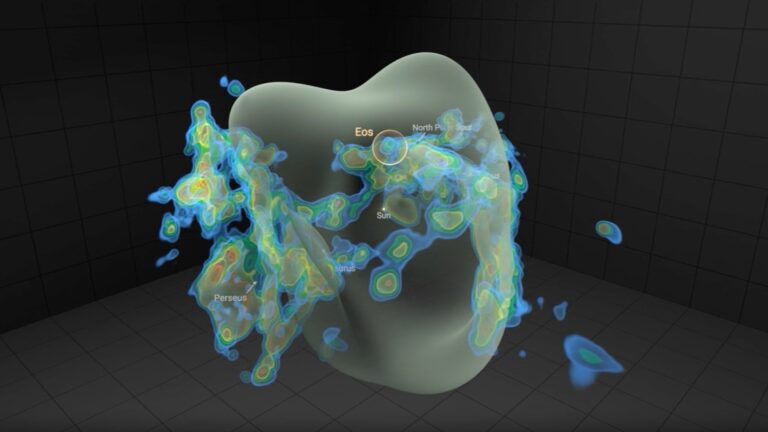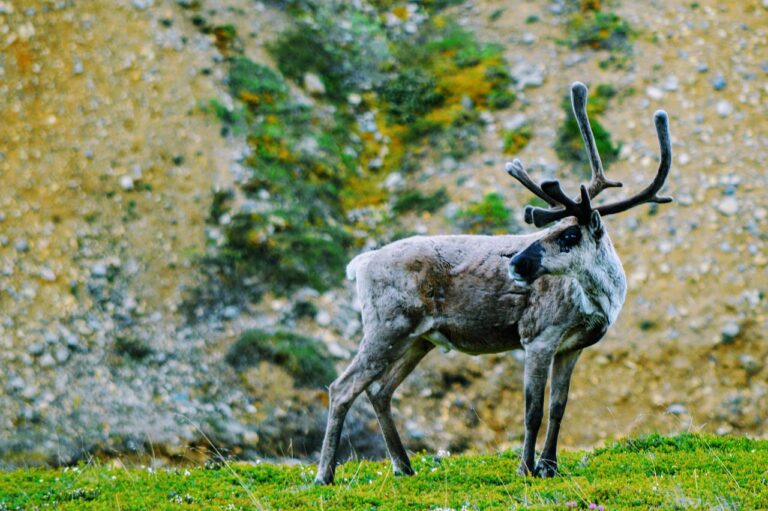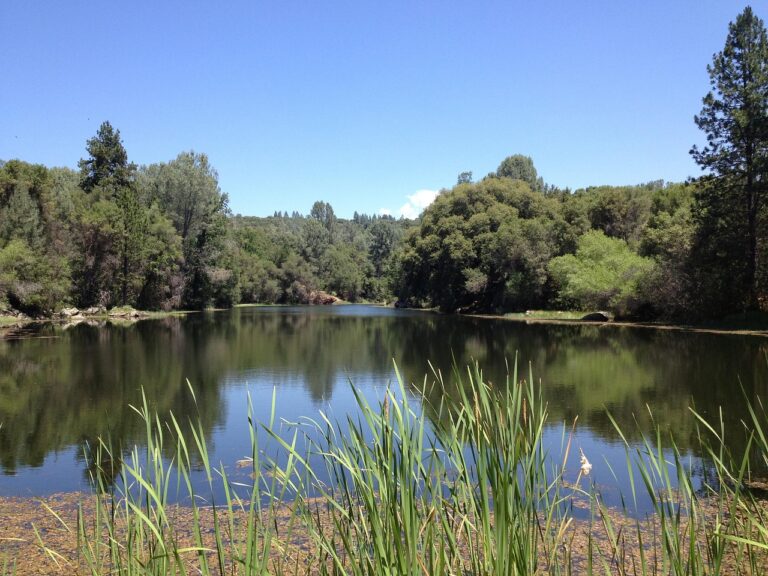
1.3-Million-Year-Old Mammoth DNA Rewrites Evolutionary History – SciTechDaily
2025-04-27T22:25:17Z
The study tracks mammoth evolution over a million years using mitogenomes, showing shifts in diversity and lineage tied to Pleistocene demographic events. A recent genomic study has revealed previously unknown genetic diversity in mammoth lineages that spans …
The study tracks mammoth evolution over a million years using mitogenomes, showing shifts in diversity and lineage tied to Pleistocene demographic events.
A recent genomic study has revealed previously unknown genetic diversity in mammoth lineages that spans more than a million years, offering new perspectives on their evolutionary history.
Researchers successfully extracted and analyzed 34 new mitochondrial genomes (mitogenomes) from mammoth specimens, including 11 from the Early and Middle Pleistocene periods. These specimens range in age from 1.3 million to 125,000 years old. Published in Molecular Biology and Evolution, the study highlights how ancient DNA can be used to explore genetic variation over deep time.
“Our analyses provide an unprecedented glimpse into how major deep-time demographic events might have shaped the genetic diversity of mammoths through time,” said Dr. J. Camilo Chacón-Duque, a researcher at the Department of Zoology, Stockholm University, and the Centre for Palaeogenetics, and the study’s lead author.
A million years of mammoth evolution
Most of today’s biodiversity evolved during the last 2.5 million years. Understanding the evolutionary processes that shaped this diversity requires access to genetic information throughout this timeframe. Until now, very few DNA samples have surpassed the 100-thousand-year threshold due to preservation challenges. By recovering DNA from mammoth specimens spanning over more than a million years, this study showcases the importance of temporal sampling in characterising the evolutionary history of species.
By analysing these new mitogenomes alongside over 200 previously published mammoth mitogenomes, the researchers were able to find that diversification events across mammoth lineages seem to coincide with well-described demographic changes during the Early and Middle Pleistocene. Their findings support an ancient Siberian origin for major mammoth lineages and reveal how shifts in population dynamics might have contributed to the expansion and contraction of distinct genetic clades.
“With the ever-decreasing costs of sequencing technologies, mitogenomes have been somewhat forgotten. However, our study shows that they remain crucial for evolutionary biology since they are more abundant than nuclear DNA,” said Dr Jessica A. Thomas Thorpe, researcher at the Wellcome Sanger Genome Institute (UK) and co-first author of the study.
A big contribution to evolutionary biology
The study not only advances our understanding of mammoth evolution but also contributes to the broader field of ancient DNA research. The team developed and applied an improved molecular clock dating framework, refining how genetic data can be used to estimate the ages of specimens beyond the radiocarbon dating limit. This methodological advancement offers a powerful tool for future research on extinct and endangered species.
“These results add to our earlier work where we reported million-year-old genomes for the first time. I’m very excited that now we have genetic data from many more mammoth specimens sampled across the last million years, which helps us understand how mammoth diversity has changed through time,” said senior author Professor Love Dalén at Stockholm University and the Centre for Paleogenetics.
Key Findings and Future Implications
The study includes 34 newly sequenced mammoth mitogenomes, with 11 dating back over 100,000 years, increasing substantially the number of mammoth DNA samples beyond this time point, pushing the boundaries of ancient DNA research.
The team identified the oldest known mammoth DNA in North America, from a specimen found in the Old Crow River, Yukon Territory, Canada and dating to more than 200,000 years ago.
Their results confirm previous research (van der Valk et al., 2021), showing that mammoths from around a million years ago do not closely resemble later mammoths.
The study refines DNA-based methods for estimating the ages of ancient specimens, paving the way for more accurate reconstructions of evolutionary histories.
By combining cutting-edge molecular techniques with computational advances, this research highlights the critical role of deep-time DNA in uncovering the genetic past of extinct species. Future studies may apply these methodologies to other long-extinct or endangered species, further enriching our understanding of evolutionary biology.
Reference: “A Million Years of Mammoth Mitogenome Evolution” by J Camilo Chacón-Duque, Jessica A Thomas Thorpe, Wenxi Li, Marianne Dehasque, Patricia Pečnerová, Axel Barlow, David Díez-del-Molino, Kirstin Henneberger, Chenyu Jin, Kelsey N Moreland, Johanna L A Paijmans, Tom van der Valk, Michael V Westbury, Flore Wijnands, Ian Barnes, Mietje Germonpré, Elizabeth Hall, Susan Hewitson, Dick Mol, Pavel Nikolskiy, Mikhail Sablin, Sergey Vartanyan, Grant D Zazula, Anders Götherström, Adrian M Lister, Michael Hofreiter, Peter D Heintzman and Love Dalén, 9 April 2025, Molecular Biology and Evolution.
DOI: 10.1093/molbev/msaf065
Auto-posted from news source






